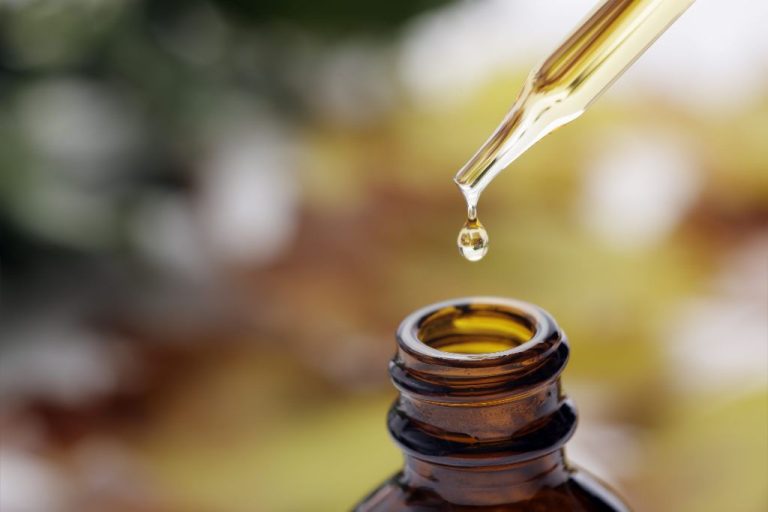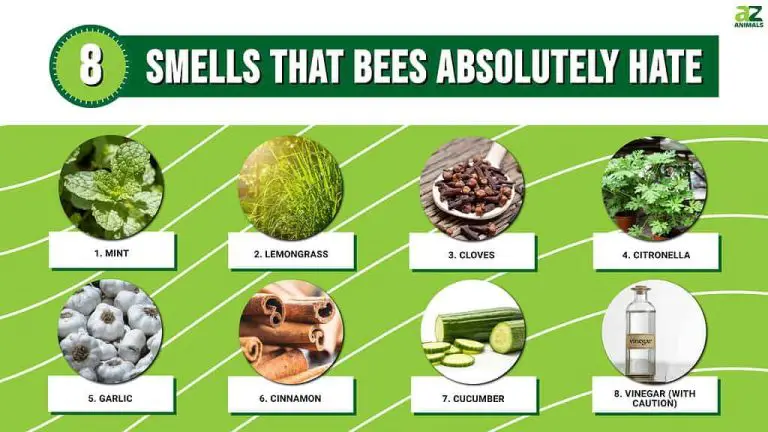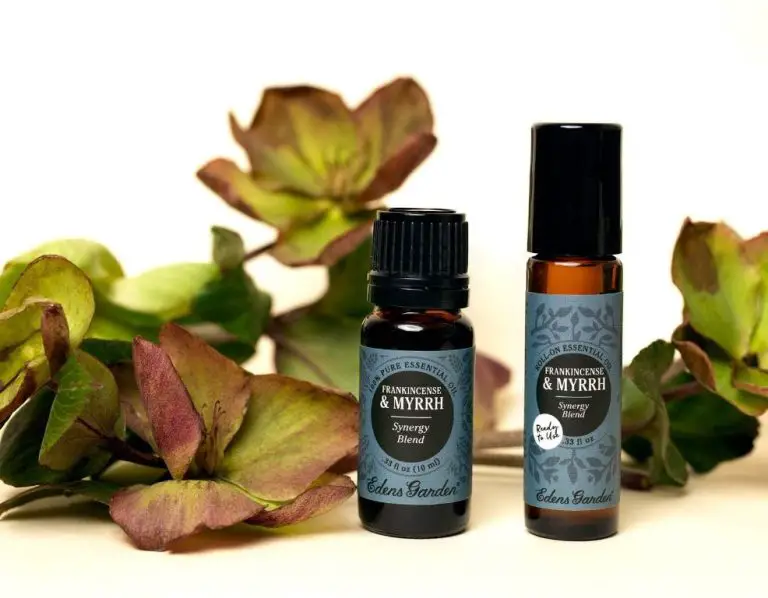Are Fragrance Oils Eco Friendly?
What are fragrance oils?
Fragrance oils, also known as aromatic oils, are synthetic oils that are manufactured to imitate natural scents. According to Sensoriam, “the phrase ‘fragrance oils’ are synthetic oils most of the time. They are man-made oils manufactured to imitate a naturally occurring scent or blend.”
Fragrance oils are created by blending aromatic chemicals, including synthetic molecules or natural isolates. As Carvansons states, “Fragrance oils are a blend of speciality aromatic chemicals which are developed for their unique odour.” The composition of fragrance oils can contain thousands of ingredients to achieve the desired scent profile.
Some common uses for fragrance oils include perfumes, candles, soaps, air fresheners, and cosmetics. As AromaWeb explains, “In candlemaking, soapy and body products, the term fragrance oil is used to describe scented oils that are created with synthetic aromatic compounds.” Fragrance oils allow manufacturers to consistently recreate complex scents.
Are natural fragrance oils more eco-friendly?
There are some key differences between synthetic and natural fragrance oils when it comes to their environmental impact:
Synthetic fragrance oils are created in laboratories using chemicals derived from petroleum or other non-renewable resources [1]. The manufacturing process uses energy and creates pollution. Some synthetic fragrance ingredients have been associated with health and environmental concerns, though regulations aim to limit the most harmful chemicals [2].
Natural fragrance oils are derived from plant-based ingredients like essential oils and extracts. They come from renewable resources, often organic agriculture. Natural fragrance oils biodegrade more readily than synthetic versions. However, growing the crops uses land and resources. Extraction and processing methods also require energy.
In summary, natural fragrance oils have some sustainability advantages over synthetic versions, but neither have zero environmental impact. Sourcing, manufacturing processes, and ingredient toxicity are important considerations for both types.
Manufacturing impact
The manufacturing process for fragrance oils can have a significant environmental impact, depending on whether natural or synthetic methods are used. Extracting natural oils often requires growing large quantities of plants, using solvents, and distilling raw materials multiple times – all of which contribute to a large carbon footprint (1). Synthetic fragrance production also has environmental effects, as the chemical processes require oil and gas derivatives, reactants, stabilizers, and preservatives (2).
One analysis shows that a typical synthetic musk fragrance has over 30 chemical ingredients and high overall carbon intensity (2). The manufacture and global distribution of popular fragrances generates millions of metric tons of greenhouse gases each year (3). Researchers recommend more transparency on oil sourcing, less packaging, and innovative lower-impact production methods to improve sustainability (3).
Sources:
(1) [https://www.greenmatters.com/p/environmental-impect-scented-products-synthetic-fragrance]

(2) [https://www.ewg.org/news-insights/news/2023/07/what-fragrance]
(3) [https://atmos.earth/perfume-fragrance-climate-change-sustainable-environment/]
Biodegradability
The biodegradability of fragrance oils refers to how quickly they break down in the environment after disposal. Conventional synthetic fragrance oils made from petroleum derivatives tend to persist in the environment for long periods. According to a study, synthetic fragrances take years to fully biodegrade. However, natural plant-based fragrance oils made from essential oils and absolutes can biodegrade in weeks or months under aerobic conditions.
When fragrance oils are disposed of improperly, such as being poured down drains or dumped on land, synthetic fragrances that resist biodegradation can accumulate and contaminate soil and waterways. Slow-degrading synthetic fragrances act as water pollutants that disrupt aquatic ecosystems. In contrast, rapidly-biodegrading natural fragrance oils have much less environmental persistence and impact when released. Proper disposal of all fragrance oils is recommended, but biodegradable natural fragrances pose lower risks if accidentally flushed or spilled.
Toxicity
Some fragrance oils can contain harmful chemicals that may pose health risks. Many synthetic fragrance oils are derived from petroleum or contain phthalates, which have been linked to endocrine disruption and developmental issues (https://theredheadriter.com/2012/03/the-truth-about-paraffin-wax-candles-are-they-toxic/). Certain oils also include ingredients like acetone, phenol, and benzene compounds, which can be irritants or potential carcinogens. Fragrance oils are not required to list all ingredients on labels, so it can be difficult to know exactly what’s inside.
Exposure to toxic chemicals in fragrance oils may cause headaches, asthma attacks, nausea, rashes or other negative health effects in some individuals. Those with chemical sensitivities or respiratory conditions tend to be most vulnerable. Children and pregnant women are also at higher risk from chemicals that disrupt hormones or development (https://collinacandleco.com/pages/faqs). While the concentration of harmful ingredients in most consumer products is low, there is concern over long-term cumulative exposure, especially indoors where fragrances linger.
Regulations
Both the United States Food and Drug Administration (FDA) and the European Union (EU) have established regulations regarding fragrance oils used in cosmetics, personal care products, and candle making. These regulations aim to ensure the safety of these products for consumers.
In the US, the FDA requires that any fragrance ingredient used in cosmetics and personal care products be approved for that purpose and listed on their inventory. The FDA also requires safety testing of finished fragrance oil products including toxicology and allergen testing.[1]
Similarly, the EU has established a Cosmetic Regulation that requires pre-market safety assessments and approval of fragrance ingredients. The EU also bans or restricts certain natural ingredients and allergens in fragrance oils.[2] The EU has particularly strict standards for personal care products and candles to protect consumers.
Overall, regulations in both the US and EU aim to ensure that fragrance oils used in consumer products are properly safety tested before being sold commercially.
Sustainably sourced options
More and more consumers are looking for sustainably sourced and eco-friendly fragrance oils. Various certifications help identify fragrances that are responsibly sourced:
The EcoCert label indicates the product has met environmental and social standards for organic farming and ethical practices. EcoCert criteria includes using natural raw materials, reducing waste, respecting biodiversity, and ensuring fair wages for workers.
Other fragrance brands tout their own internal sustainability programs, like sourcing only ethically harvested ingredients and using 100% renewable energy. Responsible sourcing practices involve protecting natural habitats, reducing water use, and maintaining transparency across supply chains.
Consumers can look for these eco-labels and programs to find fragrances with more environmentally sustainable sources.
Reducing environmental impact
There are several ways consumers can reduce the environmental impact of fragrance oils:
Buying in bulk reduces packaging waste compared to purchasing multiple small bottles. However, take care not to buy more than you can use before a fragrance oil expires to avoid waste (1).
Properly disposing of fragrance oils is important, as they can be toxic to aquatic life. Never pour them down the drain. Instead, check if your community has hazardous waste disposal days where you can bring fragrance oils to be disposed of safely (2).
Choosing natural fragrance oils made from essential oils or absolutes from sustainably sourced botanicals has a lower environmental impact than synthetic fragrance oils. Look for natural fragrance oils certified organic or fair trade (3).
Sources:
(1) https://www.voguescandinavia.com/articles/sustainability-within-fragrances-how-to-ensure-your-favourite-scent-and-the-planet-will-last-longer
(2) https://www.greenmatters.com/p/environmental-impect-scented-products-synthetic-fragrance
(3) https://www.thegoodboutique.com/inspiration/fragrance-oils-vs-essential-oils
The future of fragrance
The fragrance industry is focusing on innovations that balance sustainability and high-quality scents. Some key areas shaping the future of fragrance include:
Innovations in extraction methods – New technologies like CO2 extraction are enabling more efficient and eco-friendly extraction of fragrance ingredients from natural sources like flowers and plants (1). This reduces the environmental impact compared to traditional solvent-based methods.
Synthetic biology – Bioengineered yeast and bacteria can produce ingredients like vanilla and patchouli in the lab, reducing reliance on agriculture and transportation (2). These biosynthetic methods are gaining traction as more sustainable fragrance ingredients.
Consumer trends – Consumers increasingly demand transparency, natural ingredients, and eco-friendly practices from fragrance brands (3). This motivates the industry to adopt greener formulations and supply chains. Consumers are also interested in personalized and digital fragrance experiences.
With these innovations and shifting consumer expectations, the fragrance industry is moving towards a more high-tech and sustainable future that maintains exceptional scent quality.
(1) https://gcimagazine.texterity.com/gcimagazine/march_2023/MobilePagedArticle.action?articleId=1859750
(2) https://cew.org/beauty_news/scents-and-sustainability-how-the-industry-is-cleaning-up-its-act/
(3) https://www.nytimes.com/2022/12/04/fashion/trends/perfume-sustainability-ffern-england.html
Conclusion
In summary, the eco-friendliness of fragrance oils depends on various factors:
- Natural fragrance oils made from plant extracts are generally more eco-friendly than synthetic fragrance oils made from petrochemicals.
- However, sourcing of natural oils can have environmental impacts if not done sustainably.
- Manufacturing and extraction processes for both natural and synthetic fragrance oils can involve toxic chemicals.
- Most fragrance oils are not readily biodegradable and can persist in the environment.
- Toxicity and regulations around fragrance oils are not always clear.
- Sustainably sourced essential oils and synthetic oils made from renewable feedstocks provide eco-friendly options.
Overall, fragrance oils should be used sparingly and mindfully to reduce environmental impacts. Consumers should look for naturally derived, sustainably sourced fragrances and support companies committed to green chemistry and transparency. While no fragrance oil is 100% eco-friendly, being an informed and conscientious consumer can go a long way.





